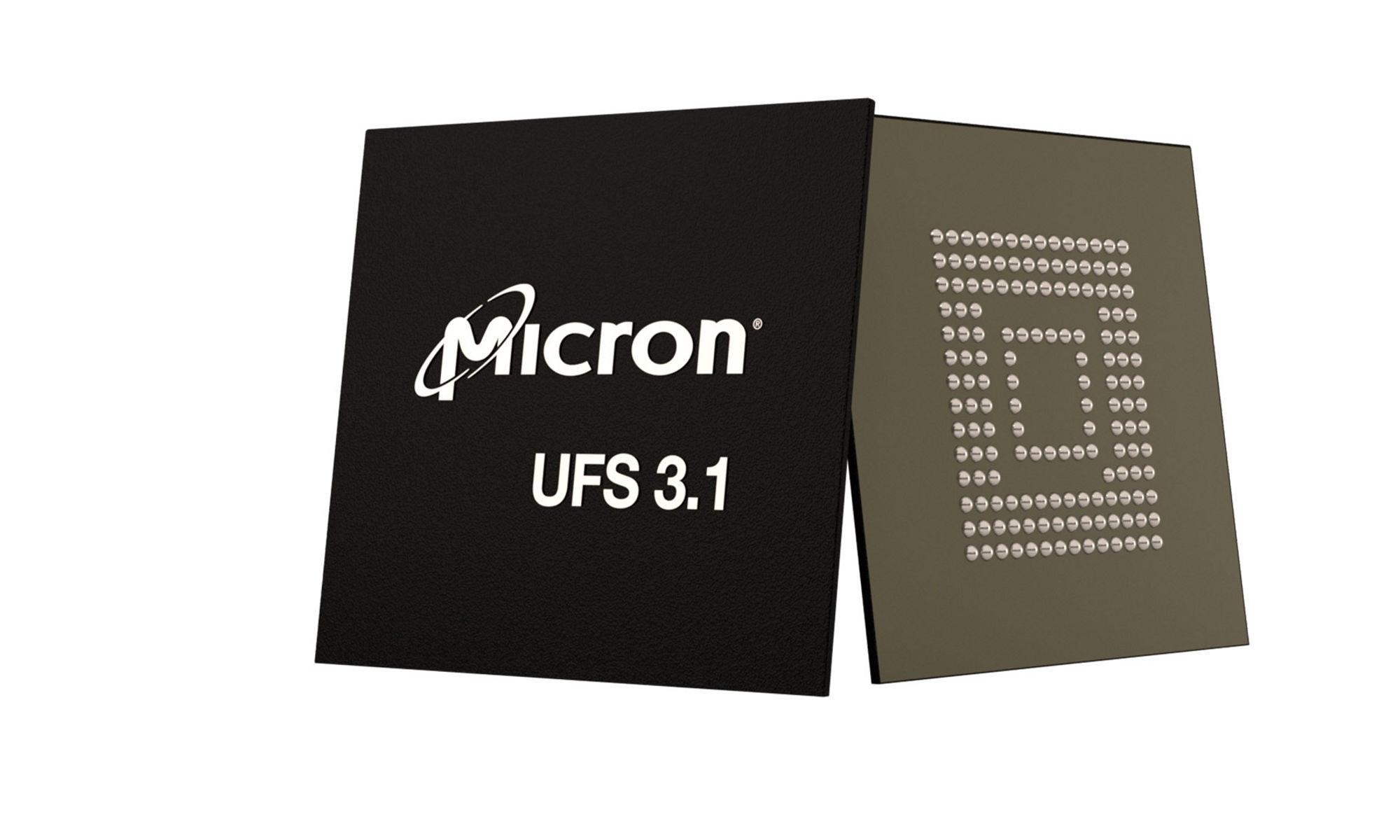Invalid input. Special characters are not supported.
Benefits
1 Based on a survey of public material at the time of this document’s publication.
2 The active-mode power consumption comparison: UFS –> VCCQ x ICCQ = 1.2V x 800mA = 960mW (max); 2450 M.2 SSD –> 5500mW (max); (5500 - 960)/5500 = 83%.
3 The sleep-mode power consumption comparison: UFS –> VCC x ICC = 2.5V x 80µA = 0.200mW (max); 2450 M.2 SSD –> 3mW (max); (3 - 0.200)/3 = 93%.
4 The "78% more PCB area" statement is due to a calculation based on the Micron UFS device's areal footprint of 143mm2 calculated from its x and y dimensions found in the Micron UFS FS194/195/196 data sheet and comparing the same areal footprint of 60mm2 calculated from the x and y dimensions found in the M.2 22x30 specification. (See https://www.snia.org/forums/cmsi/knowledge/formfactors#M2 for M.2 22x30 dimensions). (660-143)/660 = 78%.
5 Comparative random 4KB reads for e.MMC and UFS are 44KIOPS-53KIOPS and 180KIOPS-200KIOPS, respectively. Comparative sequential 512KB writes for e.MMC and UFS are 270 MB/s and 1200 MB/s–1890 MB/s, respectively.

